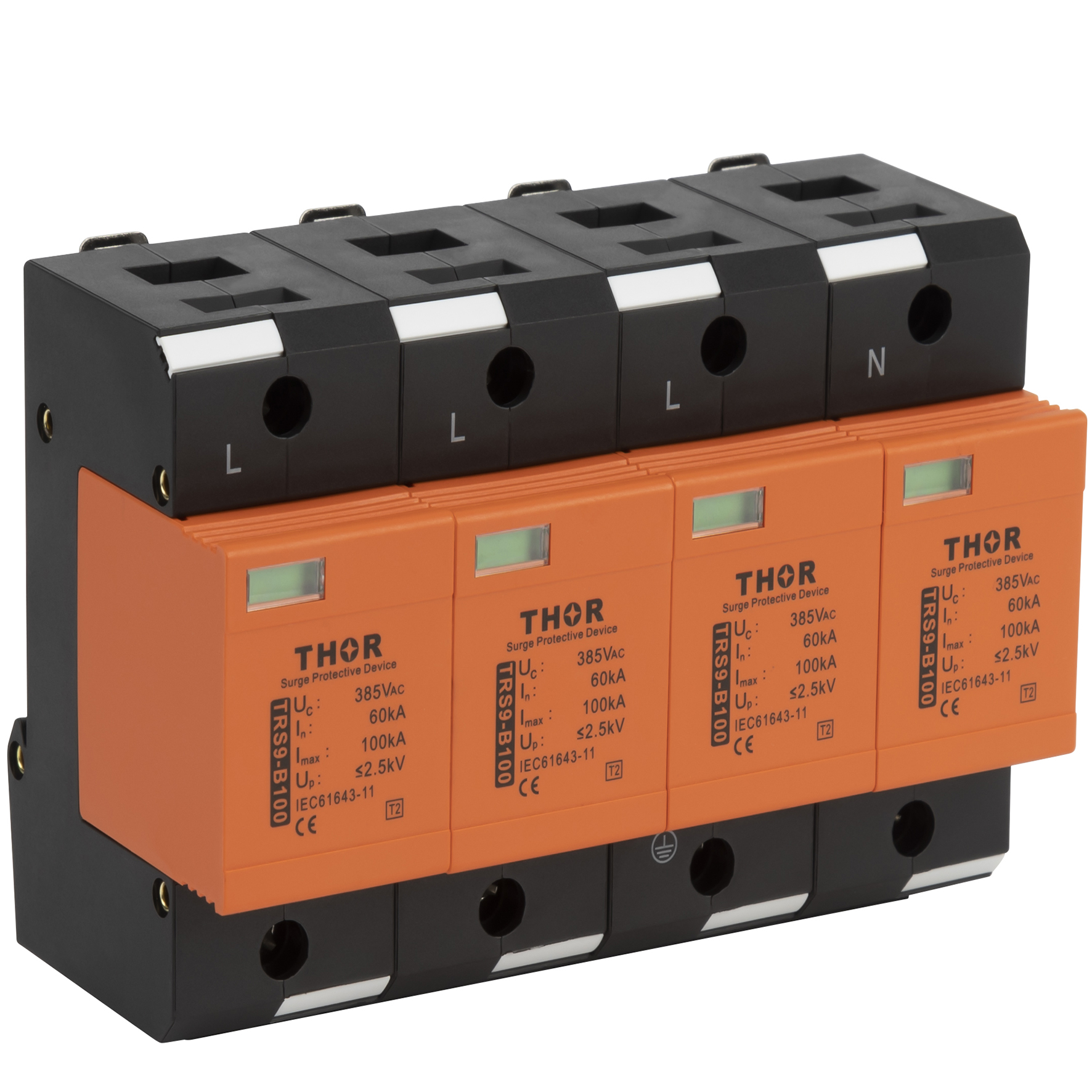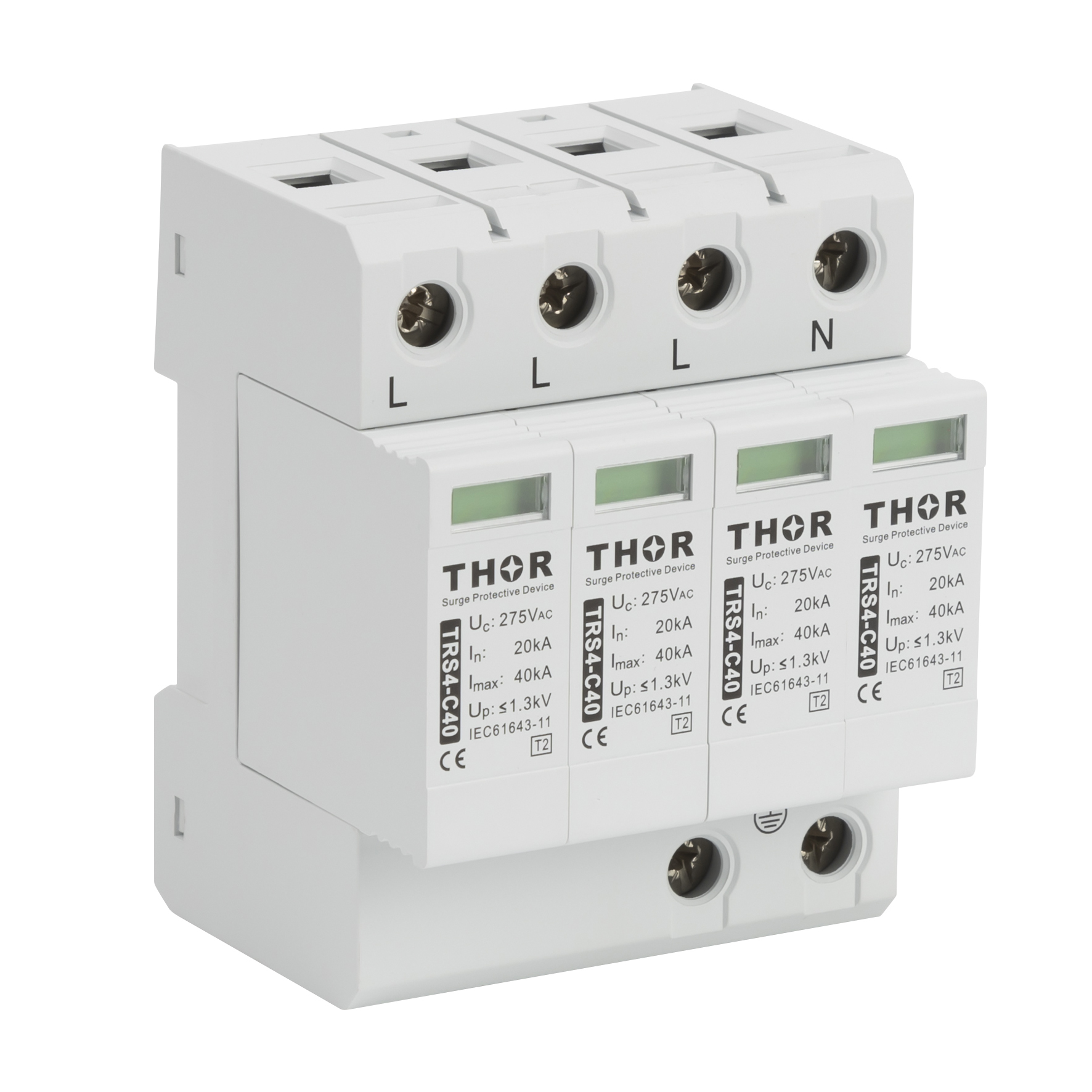Power strips are not designed for high-wattage devices. Avoid plugging in large appliances, space heaters, extension cords, hairdressing tools, and microwave ovens. These can draw 1,200 to 1,800 watts, risking overload and fire hazards.
Large Appliances
Why Large Appliances Pose a Risk
The same effect can be created when plugging power hungry appliances into a single strip. Specifically, devices such as fridges and washing machines use substantial amounts of power. The compressor on a typical refrigerator draws 1,200 watts when the unit is starting up, and in use uses between 300 to 600 watts of power while running. A Washing machine will drain anywhere from400-1400 W on its cycle. The main problem with this is that it can lead to overheating, which in turn may cause an electrical fire since most power strips are not designed for continuous loads.
Safe Appliance Alternatives
You should always have each of your large appliances on a separate dedicated wall outlet. Between its insulated conductors is grounded and one hotWireIf your wall socket will have the ability to supply a circuit for 20 Amps (A) - that overkillexcept in kitchens or basements. For example, when you add a 20-amp circuit specifically for your refrigerator it allows the fridge to pull stronger current without taxing other outlets. Make sure to install an outlet for the washer and one for the dryer in your laundry area. This system not only avoids overloading but also increases life of your gadgets.

Space Heaters
Why You Should Never Plug A Space Heater Into Power Strips
This can be a serious fire hazard, do not plug your space heater into a power strip. Space heaters can use 1,500 watts or more. As you can imagine, power strips are not made to cope with this much load they would quickly fail if there was a consistent high demand for many hours. Using a power strip too much can cause it to melt or catch fire. Think of your heater as the space heater you would never leave on overnight, for fear that it could catch fire.
Proper Usage of Space Heaters
Only to prehend in thoughts that a space heater can only be safe if you plug it straight into the outlet, not having something else. However, wall outlets support the higher current that powering these appliances necessitates. Ensure the heater is not working at full load by checking its circuit beforehand. The average household circuit (to which an electrical trait of 15-20 Amps is allocated) should not merely be littered with multiple high power devices. As an example, do not run your heater on the same circuit as a hair dryer or vacuum cleaner.
Extension Cords
Dangers of Plugging Extension Cords Into Power Strip
Extension cords mixed with a power strip are bad news. Because extension cords are only designed to be temporary, they usually have a lower power rating than the wall outlets themselves. An extension cord into a power strip is the same thing: It adds on to your spaghetti pile of conductors-er, cords-to increase the risk that it gets overburdened. For example, a household-type extension cord might be good for only 1,625 watts of load, while heavy duty cords can go up to as much as 1,875-watt loads. Basic power strips weren't meant to handle the extra load multiple cords dump on them.
How Extension Cords Should be Used Safely
Never plug an extension cord into a wall outlet This would help in a continuous power supply to the project and will reduce chances of electrical overloads. Always use the correct extension cord for your devices. You can also get heavy-duty extension cords that give extra power to any high-wattage devices like space heaters and window air conditioners. Ensure to check the wattage rating of your cord and match it against the device's requirements.
Hairdressing Tools
Hairdryers and curling irons through the power strip risks
Power strips are a bad outlet to plug hair dryer and curling irons into. Depending on their settings, these tools can draw up to 1,875 watts. The average hairdryer on high heat consumes about 1,500 watts which is far more than an iron that uses a maximum of just. And when you are talking about power strips, not least the cheaper models intended for consumer use just don't have a proper rating to handle that sort of sustained load without overheating and offering additional hazards. Using power strips with such high wattage tools only raises the chance of a electrical overload and then over heating accompanied by flames.
Best use practices for hairdressing tools
Plug the hairdressing tools directly into a wall outlet - to ensure safety at all times. By contrast, wall outlets are built to accommodate the greater amounts of current that these devices need. New outlets: Check the outlet, you may not even realize its shared with multiple high wattage devices like a hair dryer or curling ironJSImporthaven — your doorway to remote islandsrestofnowhere.com Add GFCIs to outlets in your bathroom. They are also fitted with OF shut down homo power the moment they notice an electric fault, all about safety.

Microwave Ovens
Why You Should Never Plug A Microwave Into A Power Strip
Microwave ovens are forbidden to be plugged in a power strip. Microwaves consume a considerable amount of power, anywhere from 600 to even as high as 1,200 watts. Operations produce an even bigger power surge during peak operations. Power strips are not designed to withstand these surges, and so the resulting buildup in heat may potentially cause electrical fires. This can lead to the plastic housing and insulation on the strip melting due to uncontrolled heat, contributing storeys blindness for surges in fires.
Safe Usage of Microwave Ovens
Never plug one into an extension cord. Wall outlets are made to deliver the higher current requirements of these appliances. Be sure to choose a socket that is on its own circuit, preferably one of 20-amps, so as not to overload it. Consider the number of dedicated circuits for kitchens with big appliances like microwaves, refrigerators and ovens. Not only does this increase safety, it guarantees your gadgets perform properly without throwing breakers.
